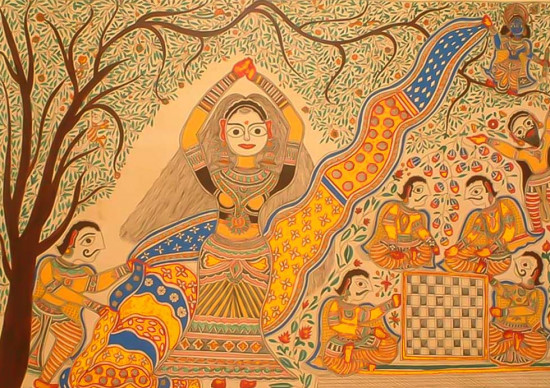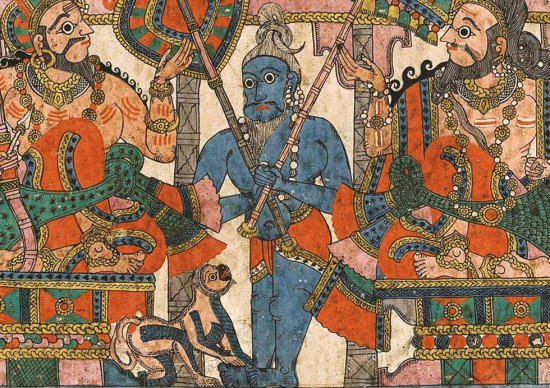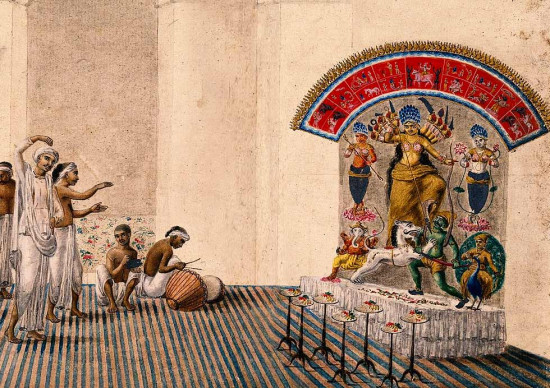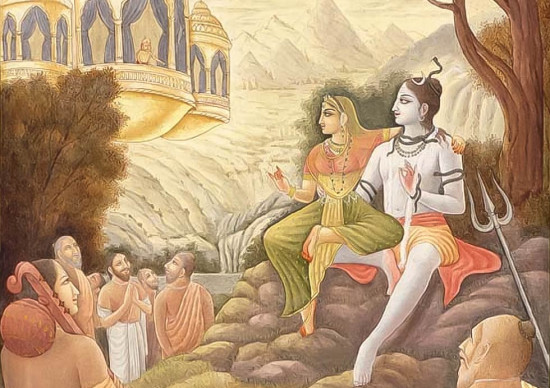
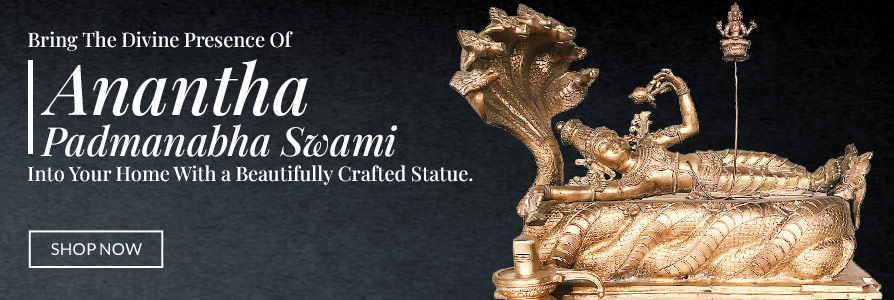
The Storied History of Padmanabhaswamy Temple in Thiruvananthapuram
Legend has it that Parasurama, a revered sage, played a pivotal role in the purification and veneration of the idol of Sree Padmanabhaswamy during the Dvapara Yuga. The administration of the temple was entrusted to seven Potti families by Parasurama, marking the beginning of its sacred legacy. The tale of the consecration of the principal idol involves the sage Vilvamangalathu Swamiyar, who, through divine events, witnessed the deity assuming the form of Anantha Sayana Moorti, an extraordinary manifestation stretching across miles.
The temple’s historical narrative takes an intriguing turn with the invasion of Mukilan in 1680 AD, a marauder with intentions to plunder the temple’s vaults. However, divine intervention in the form of serpents thwarted the attempt, solidifying the temple’s sacred sanctity. Subsequent events saw the Travancore royal family adhering to matrilineal customs, with Anizham Thirunal Marthanda Varma assuming the throne and initiating a significant renovation of the temple in the 18th century. In a unique act of devotion, Marthanda Varma surrendered the Kingdom of Travancore to Padmanabhaswamy, pledging servitude to the deity, a tradition that continued with his successors.
The temple’s historical tapestry is woven with episodes of divine intervention, royal allegiance, and a profound connection between the ruler and the deity. It stands not only as a testament to architectural brilliance but also as a living chronicle of faith and cultural heritage in the vibrant landscape of Thiruvananthapuram.

Legends of Anantha Padmanabha Temple of Thiruvananthapuram
The Origin of the Deity
The Mysterious Vault B
The Ananthasayanam Legend
Maharaja Marthanda Varma's Devotion
The Divine Procession
These legends, rooted in mythology and history, contribute to the timeless allure of the Padmanabhaswamy Temple, making it not just a place of worship but also a repository of stories that echo through the ages.
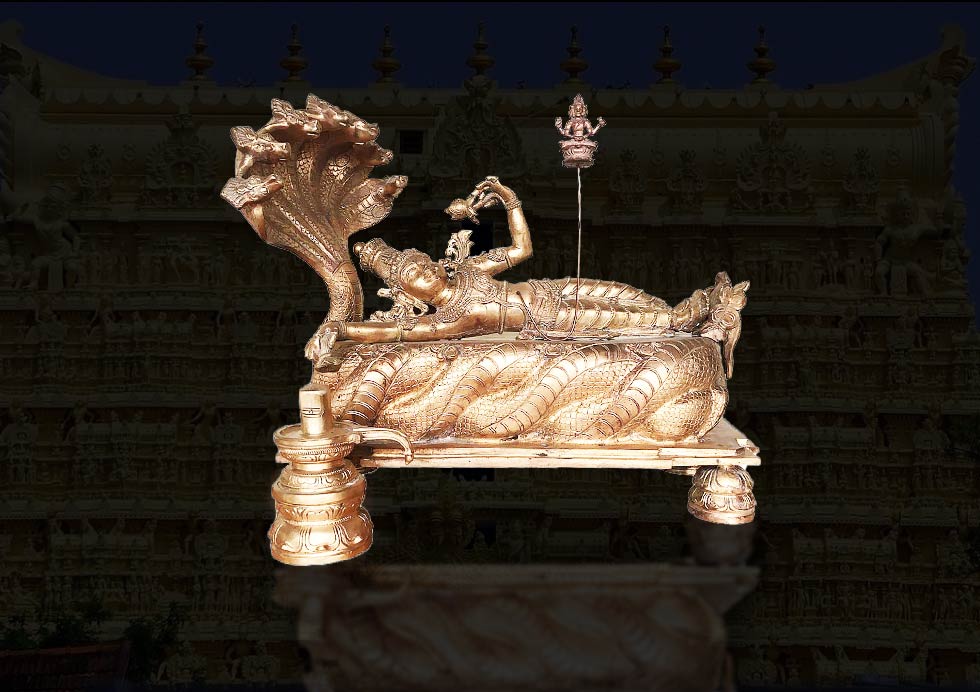
Architecture Marvel of Padmanabhaswamy Temple
The deity itself is made from 12,008 saligramams, sourced from the Gandaki River in Nepal. The sanctity of the idol is maintained through the application of “Katusarkara yogam,” a special ayurvedic mix made from 108 natural materials collected from across India. The Ottakkal-mandapam, a platform in front of the vimanam, is carved out of a single massive stone, showcasing the architectural prowess of the craftsmen.
To perform darshan and puja, one must ascend to the mandapam, where the deity is visible through three doors, each revealing different aspects of the divine presence. The Ottakkal Mandapam holds a special significance, as only the King of Travancore is allowed to prostrate on it, symbolizing a complete surrender of possessions to the deity.
Additionally, the temple houses two other significant shrines, Thekkedom and Thiruvambadi, dedicated to the deities Ugra Narasimha and Krishna Swami, respectively. The historical background of the Vrishni Kshatriyas bringing idols of Balarama and Krishna adds a layer of cultural significance to the architecture.
The gopuram, constructed in 1566, stands tall at 100 feet with seven tiers, showcasing the Pandyan architectural style. Surrounding the temple is a corridor adorned with 365 sculptured granite-stone pillars, a true marvel created by Vishvakarma sthapathis. The temple’s proximity to the Padma Theertham, a lotus spring, adds to its serene ambiance.
Sacred Festivals and Rituals at Padmanabhaswamy Temple
The Anantha Padmanabha Temple hosts a plethora of festivals and rituals that contribute to its vibrant religious and cultural tapestry. Among the prominent events are the bi-annual Aippasi and Panguni festivals, occurring in October/November and March/April, respectively, each lasting for ten days. The culmination of these festivals involves the Maharajah of Travancore escorting the deities to the vettakkalam for Pallivetta. The procession, steeped in historical significance, traditionally passed through various locations, marking a sacred journey.
The festivals reach their pinnacle with the Aarat procession, a holy bath of the temple deities in the sea at Shankumugham Beach. This purificatory immersion, known as Aarat, is a visually stunning event that takes place in the evening, with the Maharajah leading the procession on foot. Following the prescribed rituals, the idols are ritually bathed in the sea, and a torch-lit procession guides them back to the temple, signifying the conclusion of the festival.
The Navaratri festival is another significant annual celebration, lasting for nine days. During this time, idols of Saraswati Amman, Mun Uditha Nangai, and Kumara Swami are brought in a grand procession from various locations to the Kuthira malika palace in front of Padmanabhaswamy Temple. This festival is also marked by the Swathi Sangeethotsavam music festival, held in honor of Maharaja Swathi Thirunal Rama Varma.
The laksha deepam festival, a unique occurrence happening once every six years, involves the lighting of one hundred thousand lamps. Preceded by 56 days of prayers and Vedic recitations, this festival creates a mesmerizing spectacle as the temple and its surroundings glow with the radiance of numerous oil lamps.
The temple’s sanctity is upheld by the priests, with Sannyasins from Naduvil Madhom and Munchira Madhom conducting daily ‘Swamiyar Pushpanjali,’ a flower worship ritual, to Padmanabha, Narasimha Moorthi, and Krishna Swami. The Tharananallur Nambuthiripads of Iranjalakkuda serve as the Tantris of the Temple, with four Chief Priests (Nambies) overseeing the rituals.
The temple strictly adheres to entry protocols, following the Temple Entry Proclamation. Only those professing the Hindu faith are allowed entry, and devotees must adhere to a specified dress code, with men wearing a “vesti” and “angavastram,” and women donning a sari. This commitment to tradition and religious practices adds depth and reverence to the spiritual ambiance of the Padmanabhaswamy Temple.
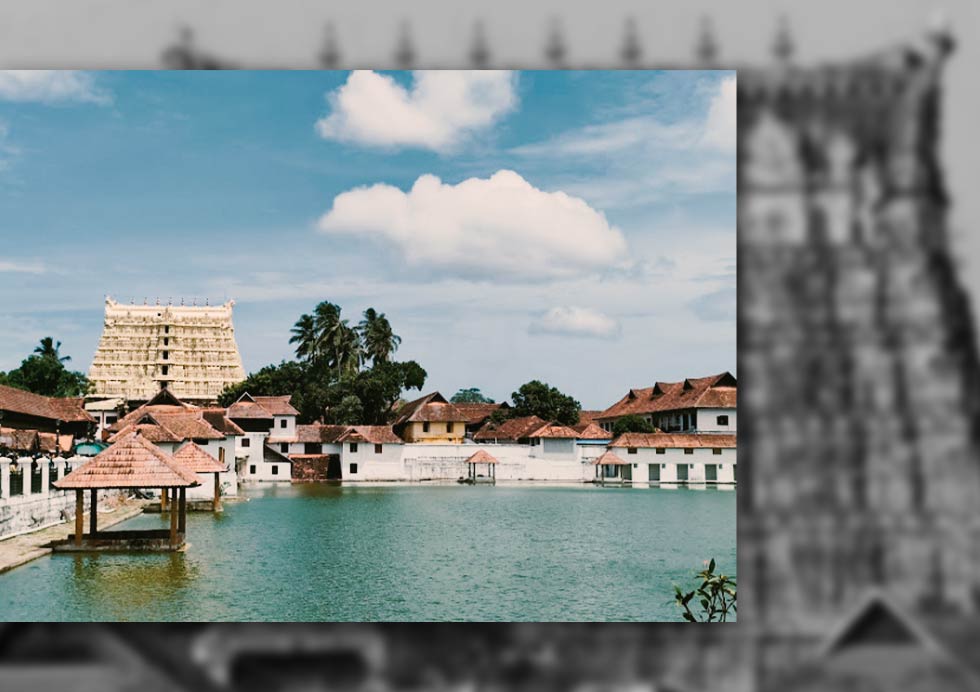
Sacred Deities of Padmanabhaswamy Temple
The Padmanabhaswamy Temple is dedicated to the principal deity, Lord Vishnu as Anantha Padmanabha Swami. The temple complex also houses shrines dedicated to other deities, each with its own unique significance.
Lord Padmanabha:
Lord Padmanabha is worshiped in a reclining posture on the serpent Anantha or Adi Sesha. His right hand is placed over a Shiva lingam, and he is adorned with the divine consorts Sridevi-Lakshmi and Bhudevi.
The reclining form signifies cosmic rest and tranquility, emphasizing the eternal nature of the universe. The presence of Sridevi-Lakshmi and Bhudevi represents the attributes of prosperity and sustenance.
Lord Narasimha Moorthi:
Lord Narasimha, an incarnation of Vishnu, is worshiped in a separate shrine within the temple. He is depicted with a lion’s head and a human body, symbolizing the divine manifestation to protect devotees from evil forces.
Lord Narasimha is revered for his valor and protection. His shrine reflects the diverse forms in which the divine is worshiped within the temple complex.
Lord Krishna Swami:
Lord Krishna is worshiped in the Thiruvambadi shrine. The idol is a two-armed granite representation of Lord Krishna in a standing posture, holding a whip in one hand and resting the other on the left thigh, with a conch close to it.
Lord Krishna, as Parthasarathi, is considered the Divine Charioteer of Arjuna in the Mahabharata. The shrine dedicated to him has its own rituals and significance.
Other Deities
Goddess Sridevi-Lakshmi and Bhudevi: Apart from being consorts of Lord Padmanabha, these goddesses symbolize wealth, prosperity, and the nurturing aspect of the earth.
Lord Brahma: A representation of Lord Brahma emerges on a lotus from the navel of Lord Padmanabha, showcasing the cosmic creation.
Rama, Sita, Lakshmana, Hanuman: The temple also houses shrines dedicated to Lord Rama, Goddess Sita, Lakshmana, and Hanuman.
Vyasa and Ashwatthama: The Chiranjivi (immortal) sage Vyasa and Ashwatthama from the Mahabharata are also worshiped within the temple premises.
Garuda and Hanuman: Grand idols of Garuda and Hanuman stand with folded hands in the Valiya balikkal area.
The deities within the Padmanabhaswamy Temple represent a diverse spectrum of the Hindu pantheon, embodying various aspects of the divine. Each deity has a specific role and significance, contributing to the overall spiritual and cultural richness of the temple.

